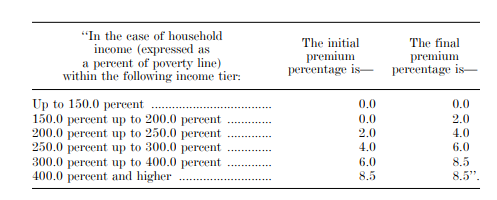I want to address a somewhat technical issue concerning regulatory action to require that gold plans in the ACA marketplace be priced below silver plans -- that is, regulatory action on the state or federal level mandating maximal silver loading.
Gold plans should be priced below silver plans because silver plans --on average -- carry a higher actuarial value than gold plans. "Actuarial value" refers to the percentage of the average enrollee's costs covered by the plan, according to a formula created by CMS (that formula could use adjustment, but that's another story). Gold plans have an AV of 80%, plus or minus a few percentage points. Silver plans have a baseline AV of 70%, but that's only for enrollees with incomes above 250% of the Federal Poverty Level (FPL). Below that threshold a secondary subsidy, Cost Sharing Reduction (CSR), available only with silver plans, boosts AV to 73%, 87%, or 94%, rising as income falls. Most silver plan enrollees obtain AV of 94% or 87%.

